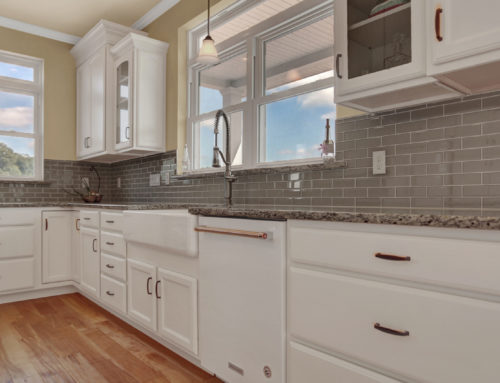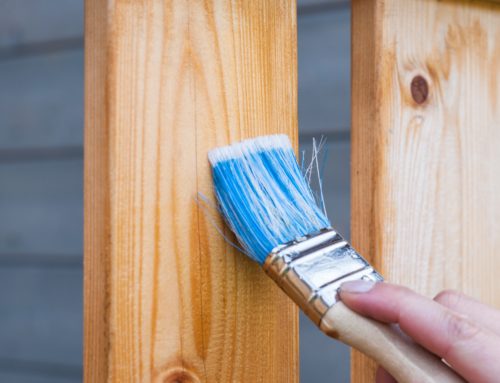Lower the temperature of your water heater down to 120 degrees Fahrenheit
This is the optimum temperature for your hot water heater. Most people do not utilize water that’s hotter than that, and thus energy used to keep the water that hot isn’t effective. Lower the temperature, save some on your energy bill, and you’ll never skip a beat.
Install ceiling fans in most rooms
Ceiling fans are a low-energy way to keep air moving in your home. Because of the air circulation effect, you can get away with keeping your thermostat a degree or two higher in summer and a degree or two lower in winter, netting a rather large savings. Most importantly, the air directly below the fan should be blowing down on you in the summer and should be pulled upwards away from you in the winter – you can use the reversal switch on your fan to switch between the modes.
Install a programmable thermostat and learn how to use it
A programmable thermostat allows you to schedule automatic increases and decreases in your home’s temperature. This lets your house naturally warm (or cool in the winter) while you’re at work or asleep, saving quite a bit of energy use, and then when it comes time for you to actively use the house, the thermostat automatically adjusts the temperature of your home back to what you prefer. Such devices save money on cooling in the summer and heating in the winter.
Hang a clothes rack in your laundry room (or, better yet, an outdoor clothes line)
A clothes dryer can really eat up your energy costs, but it’s convenient for many people. Battle that convenience (and save money) by hanging a clothes rack from the wall in the laundry room and use it for some items – t-shirts and underwear dry great on clothes racks. If you can hang up 20% of the clothes in a load on this rack, you can get away with running the dryer 20% less than before, saving you cash. Even better: if you can, install a clothes line outside where the wind can catch it and hang most of your clothes outside.











